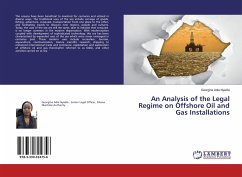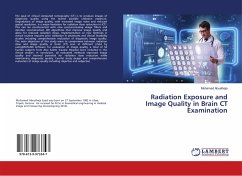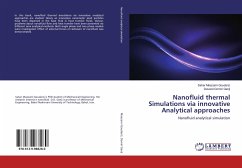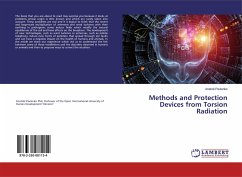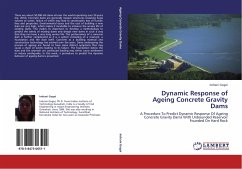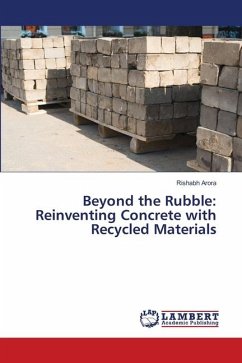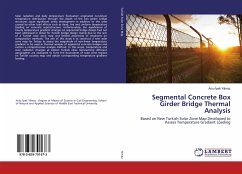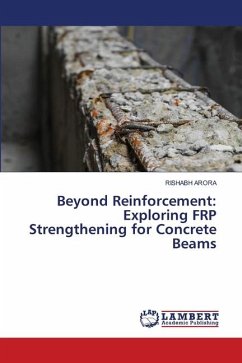
Radiation Shielding Concrete for Nuclear Installations
High Density Shielding Concrete for Neutron Radiography
Versandkostenfrei!
Versandfertig in 6-10 Tagen
41,99 €
inkl. MwSt.

PAYBACK Punkte
21 °P sammeln!
There are several reasons why shielding of operating facilities is required in nuclear installations. The main and most important primary reason for radiation shielding is to protect people, equipment and structures from the harmful effects of radiation.Exposure to moderate and high levels of radiation may result in absorption of enough radiation that could alter and destroy living cells which can later develop into cancer and in some cases even cause genetic damage or birth defects. The use of HDSC as shielding material allows for installation of reasonable wall thicknesses which are capable ...
There are several reasons why shielding of operating facilities is required in nuclear installations. The main and most important primary reason for radiation shielding is to protect people, equipment and structures from the harmful effects of radiation.Exposure to moderate and high levels of radiation may result in absorption of enough radiation that could alter and destroy living cells which can later develop into cancer and in some cases even cause genetic damage or birth defects. The use of HDSC as shielding material allows for installation of reasonable wall thicknesses which are capable to attenuate neutrons and photons. This is an advantage because the radiation absorption process normally required very thick shields to ensure that the required dosage levels are achieved after the radiation has passed through the shield. Some of the many advantages of using concrete as a shielding material is that it can be cast into almost any complex shape (Callan, 1962) and that throughvarying its composition and density the shielding characteristics of concrete may be adapted to a wide range of uses (Kaplan, 1989).



